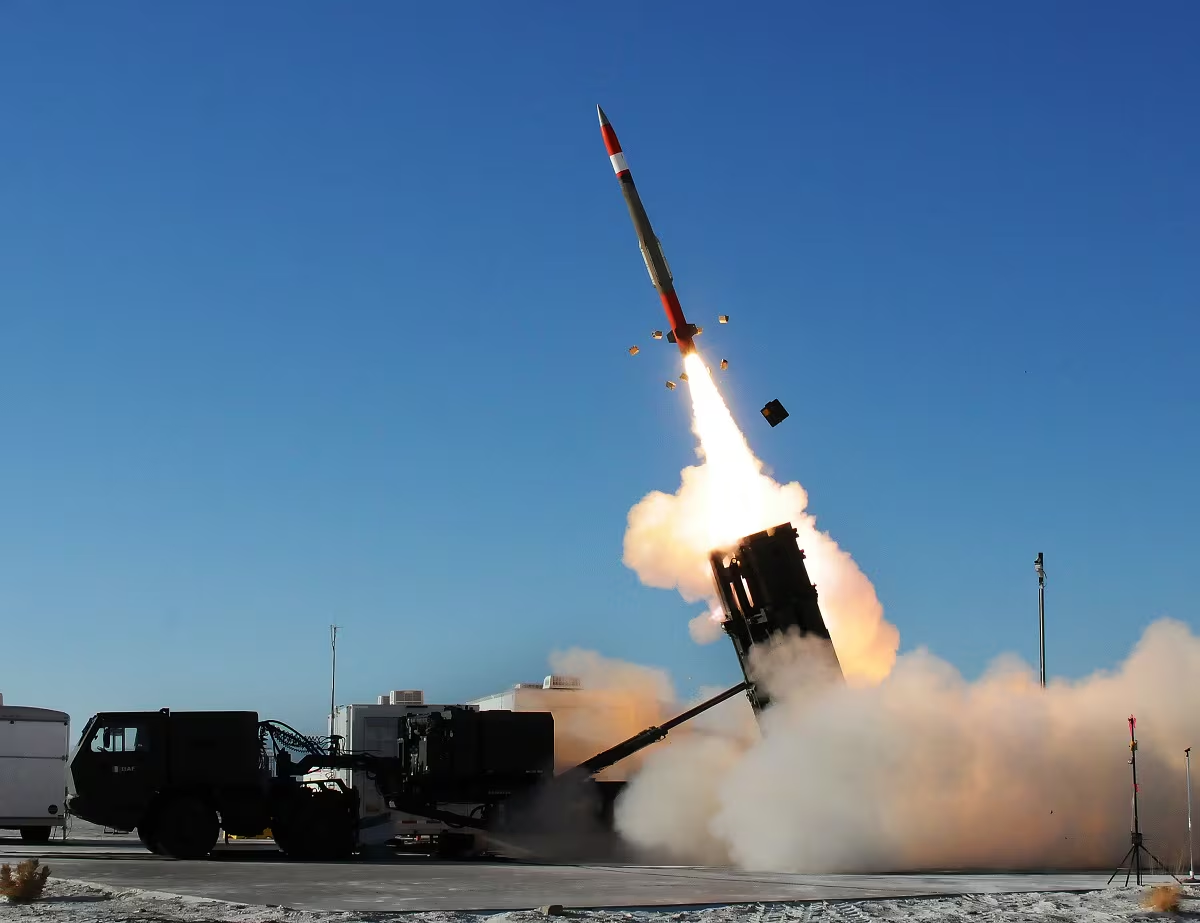


It’s do or die for Germany’s new missile defense weapon
The ongoing negotiations with industry suggest there is still no common ground on the legal framework for costs and risks associated with the next-generation program.

Europe must take on its own defense responsibilities
European countries need to start thinking about how to defend the continent and deter potential adversaries with reduced help from American troops.

Germany pushes for a common EU stance on threats to the bloc
Germany will use its turn at the helm of the European Council to launch the first-ever common threat analysis for the European Union, as well as broker a deal allowing nonmember countries access to defense cooperation projects.

NATO resumes large-scale exercises amid pandemic
Defense News' Sebastian Sprenger explains why NATO and partner forces are training, despite the pandemic.
More Stories

NATO’s new surveillance drone begins test flights over the Mediterranean
It remains to be seen if the the unmanned aircraft can get clearance from Italian regulators to fly over land, where air traffic is more crowded and a mishap could be catastrophic.

Defense planning takes a back seat in Britain’s struggle to shake the coronavirus
The integrated defense, security and foreign policy review ordered by Prime Minister Boris Johnson soon after he entered office last December was meant to provide answers to how Britain would make its way in the post-Brexit world.

With challenges aplenty, Europe’s navies are coming to grips with high-end warfare
Europe is slowly coming to grips with new security and political realities in the region.
By David B. Larter

New European Defence Agency boss warns against ‘rash’ budget cuts by EU members
A decline in defense spending is certain, and the question is how European countries will react, says Jiří Šedivý.
By Martin Banks
Nordic militaries rekindle old alliances, as Russia warms to the region
Leaders look to the United States and Europe in an effort to bolster NATO's northern flank.
A naval arms race is gaining speed in the Mediterranean Sea
Turkey’s stance in Libya shows how the Med has turned in a few years from a backwater on the fringes of Middle East turmoil to a major flash point.
By Tom Kington
Israeli general talks ‘military diplomacy,’ maintaining readiness during a pandemic
Brig. Gen. Effie Defrin has a unique view of how Israel’s “military diplomacy” is useful during a pandemic, in building trans-Atlantic relationships and for countering threats along the border.
US Army training resumes in Europe amid pandemic and the threat of troop cuts
Officials hope to build on the momentum of the U.S.-Polish Allied Spirit drill this month, which trained formations for crossing bodies of water while under fire.
UAS Platforms: A Solution for Present and Future Maritime Security Challenges
As part of our Transatlantic Partnership Special Report, General Atomics Aeronautical Systems’ President David R. Alexander discusses some of the important strategic challenges facing U.S. and NATO forces and explains how Unmanned Aircraft Systems provide a decisive strategic advantage, especially in the maritime domain.
The folly of a NATO troop withdrawal decision
A reported decision by President Trump to remove some 9,500 American troops from Germany could undercut a half decade long effort to prevent war by enhancing NATO’s deterrent posture in the Baltic area.
By Hans Binnendijk


